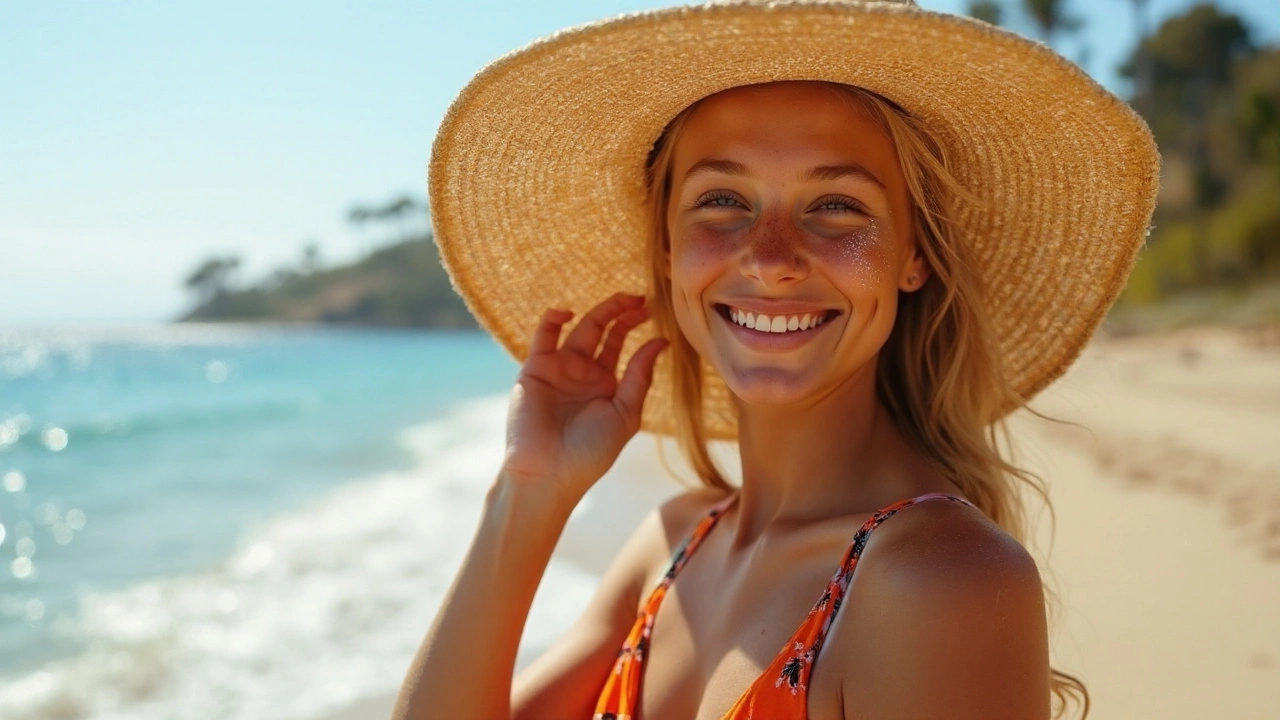Sunlight feels great, but the invisible UV rays can cause real problems if you’re not careful. Even on cloudy days, about 80% of UV radiation still reaches the ground, so you can’t just hide behind a grey sky.
UV comes in three flavors: UVA, UVB and UVC. UVC gets filtered out by the atmosphere, but UVA and UVB stay in the mix. UVA penetrates deep into the skin and ages it faster, while UVB burns the surface and drives most skin cancers.
When UV hits your skin, it triggers a chain reaction that creates free radicals. Those unstable molecules damage DNA, proteins and cell membranes. Over time, that damage shows up as wrinkles, age spots, or more serious conditions like melanoma.
Your eyes aren’t safe either. UV exposure can lead to cataracts, macular degeneration and a painful condition called photokeratitis, which feels like a sunburn on the cornea.
The immune system also takes a hit. UV can suppress the activity of white blood cells, making you a bit more vulnerable to infections and slowing healing after injuries.
First, pick the right sunscreen. Look for “broad‑spectrum” on the label – that means it blocks both UVA and UVB. Choose an SPF of at least 30 and apply a generous layer about 15 minutes before you head outside.
Don’t forget to reapply. If you’re swimming, sweating, or just spending a long day outdoors, re‑coat every two hours. A quick tip: use a shot‑glass sized amount for your face and a tablespoon for your whole body.
Clothing can be a silent protector. Long‑sleeve shirts, wide‑brimmed hats and UV‑blocking sunglasses all add layers of defense. Some fabrics are specially rated with an UPF (Ultraviolet Protection Factor); a UPF 50 shirt blocks 98% of UV rays.
Timing matters, too. UV intensity peaks between 10 am and 4 pm. If you can, schedule outdoor activities early in the morning or later in the evening when the sun is lower.
Shade is your friend. Even a simple umbrella or a tree can cut UV exposure dramatically. If you’re at the beach, set up a beach tent or sit under a pop‑up canopy.
Check the UV index on your phone or local weather site. An index of 3 or higher signals a need for protection, while 8+ means extra caution.
Finally, keep an eye on your skin. Look for new moles, changes in existing spots, or any patches that don’t heal. If something looks off, see a dermatologist promptly.
By making these small adjustments, you can enjoy the outdoors without paying the long‑term health price of unchecked UV exposure.

Discover the key risk factors for melanoma, learn how to assess your personal risk, and find practical steps to protect your skin.
read more